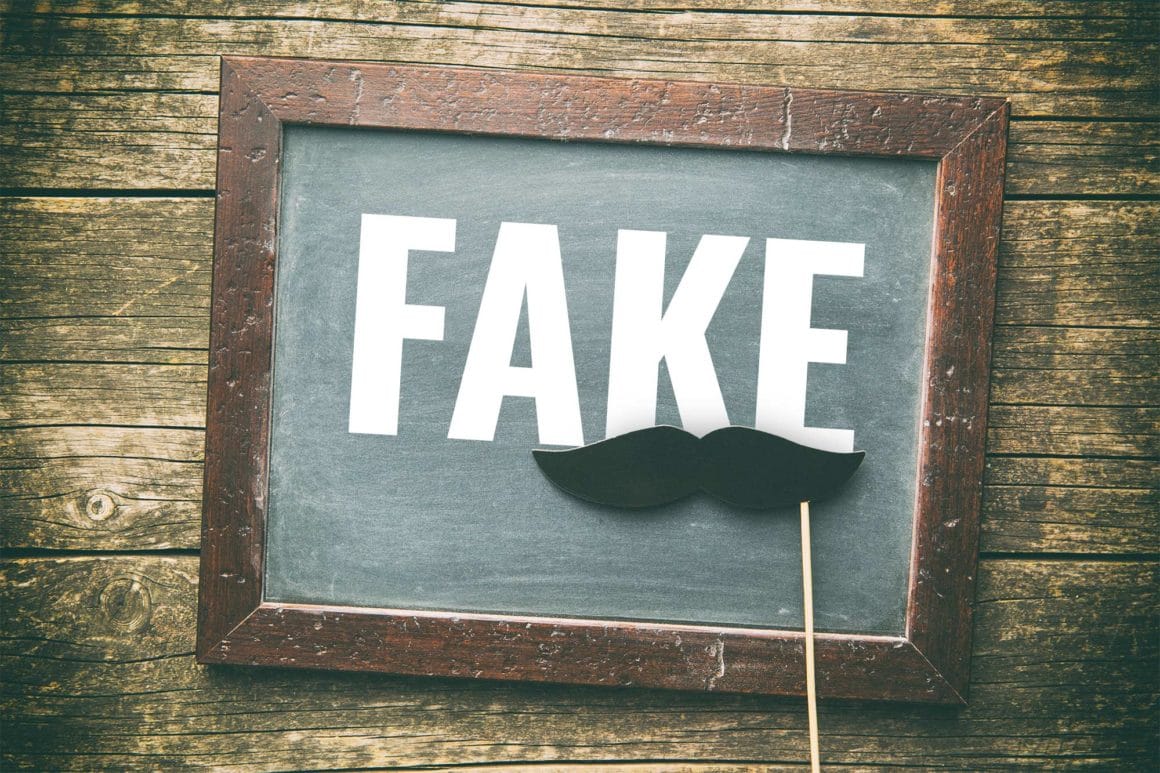586
It’s not just buyers who need to be wary of scammers on classified ads (formerly eBay classified ads). Sellers can also be tricked by fake buyers.
Classified ads: Signs of fake buyers
An average of 700 new ads are posted on classified ads every minute. Fraudsters exploit this high level of activity – not only as sellers, but increasingly as buyers as well. The scams are varied, but there are clear warning signs:
- Quick enquiry after publication: If an interested party gets in touch immediately – especially for high-priced items – caution is advised. Fraudsters continuously search new listings for potential victims.
- Newly created profile: Check when the user account was created. A newly created profile with no history is often a warning sign.
- No or negative reviews: A user with no reviews or with conspicuously negative feedback may indicate fraudulent intentions.
- No own sales ads: If the potential buyer has never advertised anything themselves, you should also be cautious.
- Hacked or taken over accounts: Classified ads warning: Even seemingly trustworthy profiles with long activity and good ratings may have been compromised. Watch out for unusual wording, inconsistent language, or atypical behavior.
- Payment with unsafe methods: The buyer offers payment methods that offer you, the seller, no security whatsoever – e.g., cash on delivery, dubious payment services, or cryptocurrencies.
- Avoidance communication: The interested party does not want to communicate via the official chat, but insists on contact via email, SMS, or WhatsApp. This is usually done to circumvent platform monitoring.
- Purchase on account: A buyer demands that the goods be shipped before payment is made – often under the pretext of establishing trust or with a forged ID document. Always reject such requests.
- Fake proof of payment: Sellers are increasingly receiving manipulated screenshots or emails of alleged transfers. These deceptively genuine-looking fakes are not proof of payment. Only rely on the actual payment received in your account.
- Psychological pressure & urgency: Many scammers deliberately put sellers under time pressure (“I need the gift tomorrow!”) to force them into making hasty decisions. Don’t let yourself be rushed – no goods should leave your house without genuine payment.
- Proof of identity (e.g., ID photo): If you are sent an ID card, this is not a sign of trustworthiness – it is a typical sign of identity theft. Never send back your own ID documents!
- No price negotiation: If the buyer immediately accepts the full price without any questions or negotiation, this may be another indication of a scam.
- Request for gift vouchers: If you are asked to obtain an additional voucher and send it with the package, this is most likely a scam.
- International shipping: If shipping abroad is requested even though the platform is aimed at the US market, particular caution is advised.
- Overpayments (e.g., due to an “accidentally placed comma”): You are suddenly transferred several thousand euros even though the item only costs a few hundred euros. The buyer then asks you to refund the “overpaid” amount. Caution: This is often a case of money laundering or fraud involving fake payments. Never refund any money before you have verified the authenticity of the payment beyond any doubt.
- PayPal and different shipping address: When paying with PayPal using the “Goods and Services” option, only ship to the address stored with PayPal. Otherwise, you will lose your proof in the event of a buyer protection case.
- Refund via new PayPal transaction: Fraudsters send too much money and request a refund to a different account. They then file a buyer protection claim for the original payment. Only use the official “refund” function within the same transaction on PayPal.
- Suspicious links: Be wary of links in messages that take you to external sites, especially if they ask for personal information, passwords, or payment details.
What you should always keep in mind as a seller:
Stay alert, don’t let yourself be pressured, and only act on the basis of verifiable facts. If something seems “strange,” trust your gut feeling – and don’t sell.
- Never ship before receiving payment. Check that the money has actually been received – not just on your bank app, but in your account overview.
- Do not disclose any sensitive data. This includes copies of ID, bank details, or cell phone numbers.
- Do not respond to pressure. Do not allow yourself to be pressured into making hasty decisions. Reputable parties will understand your caution.
- If in doubt: contact the police. If you suspect fraud, you should always report it to the police. Document the entire communication history, proof of payment, and any suspicious activities.

